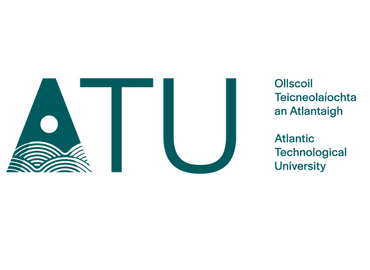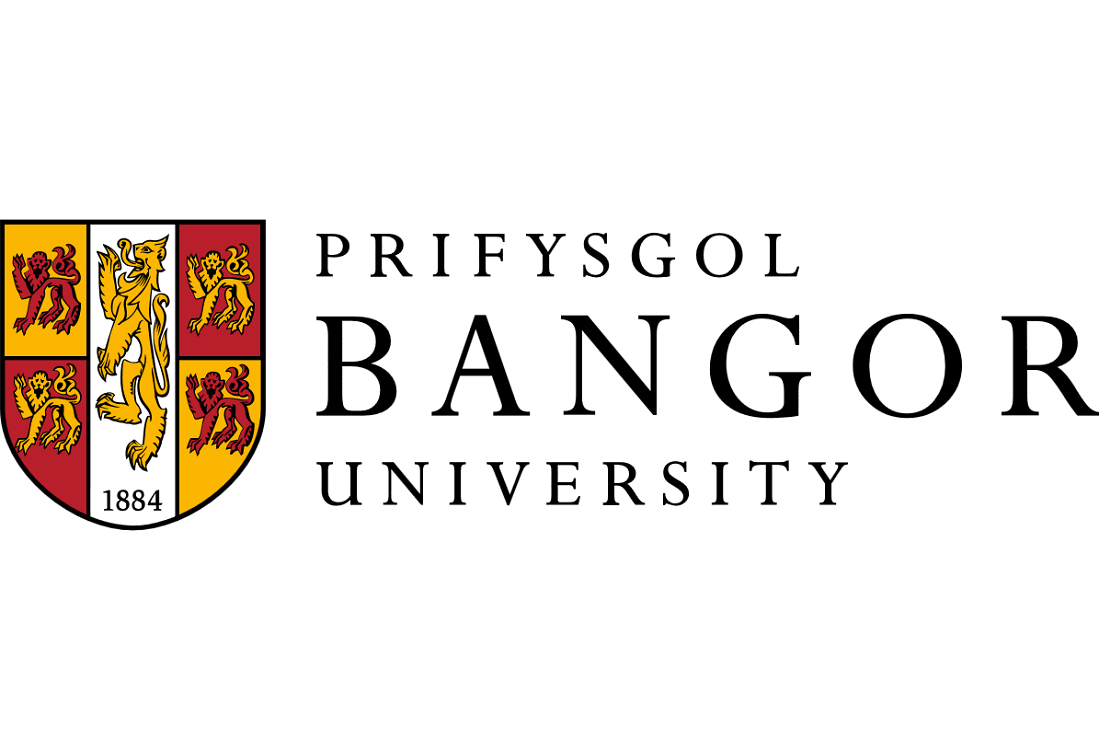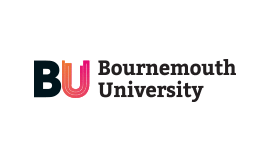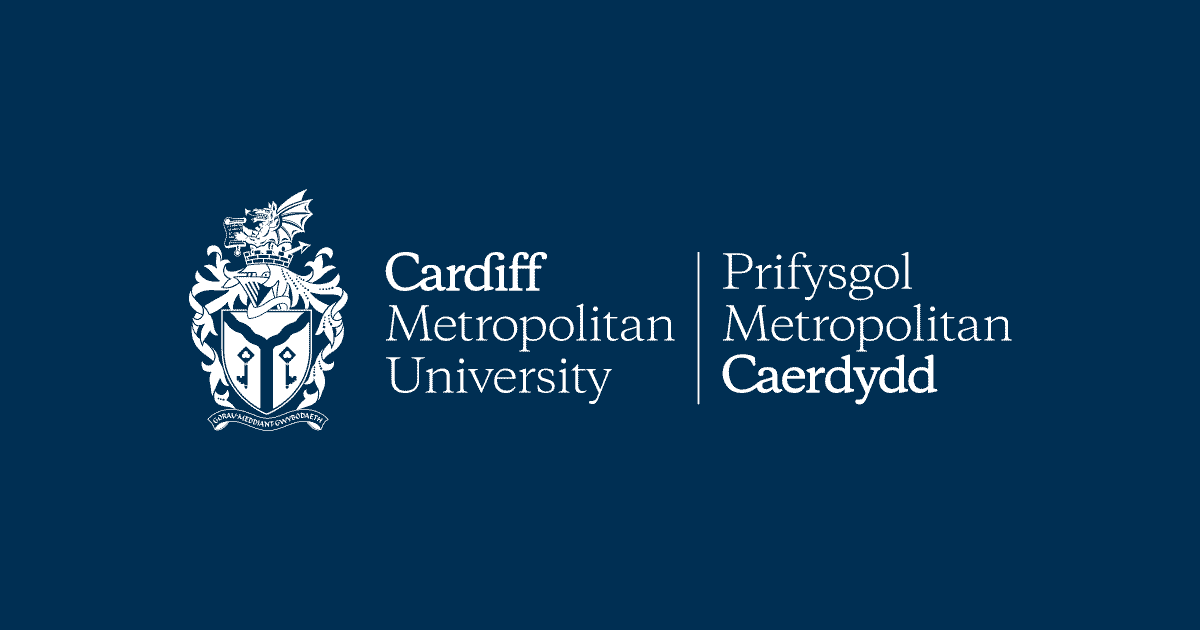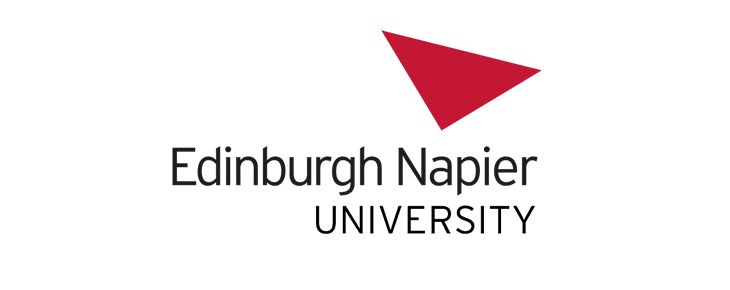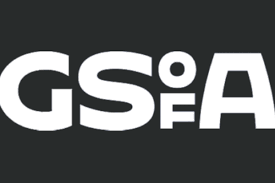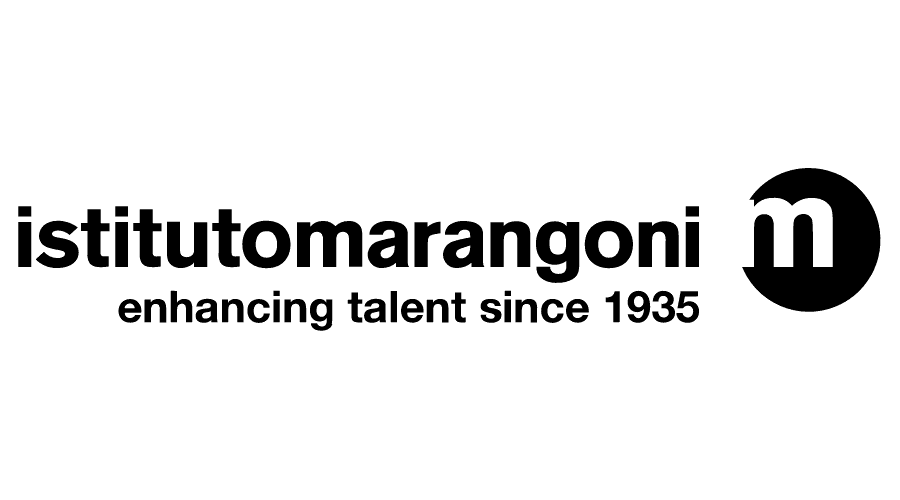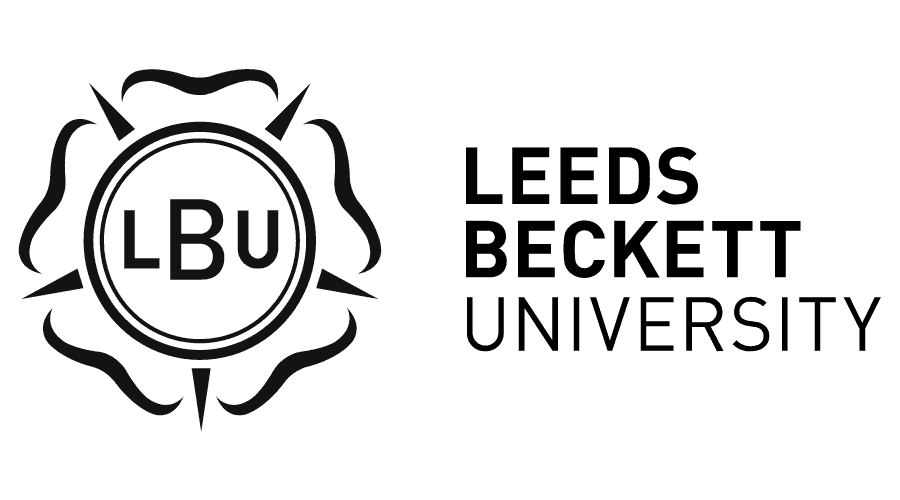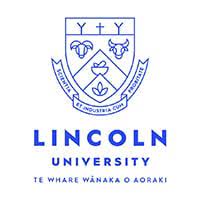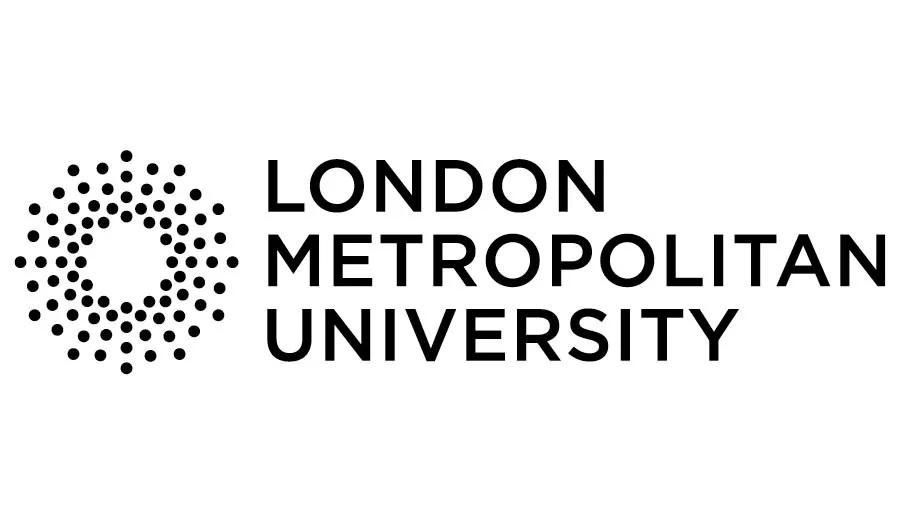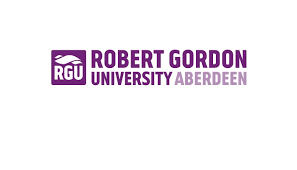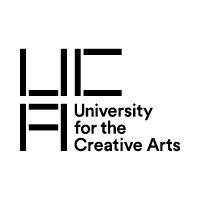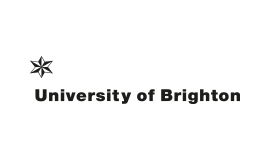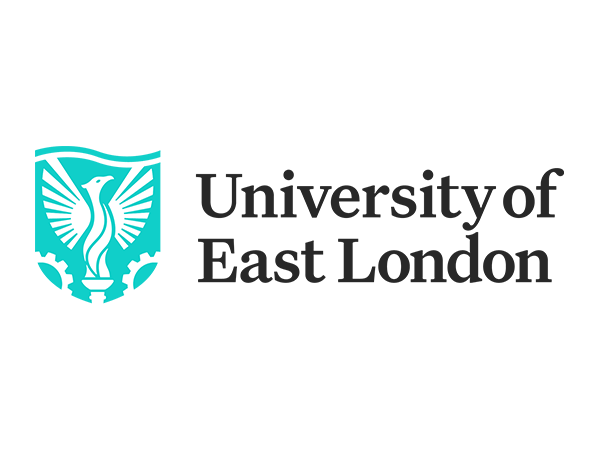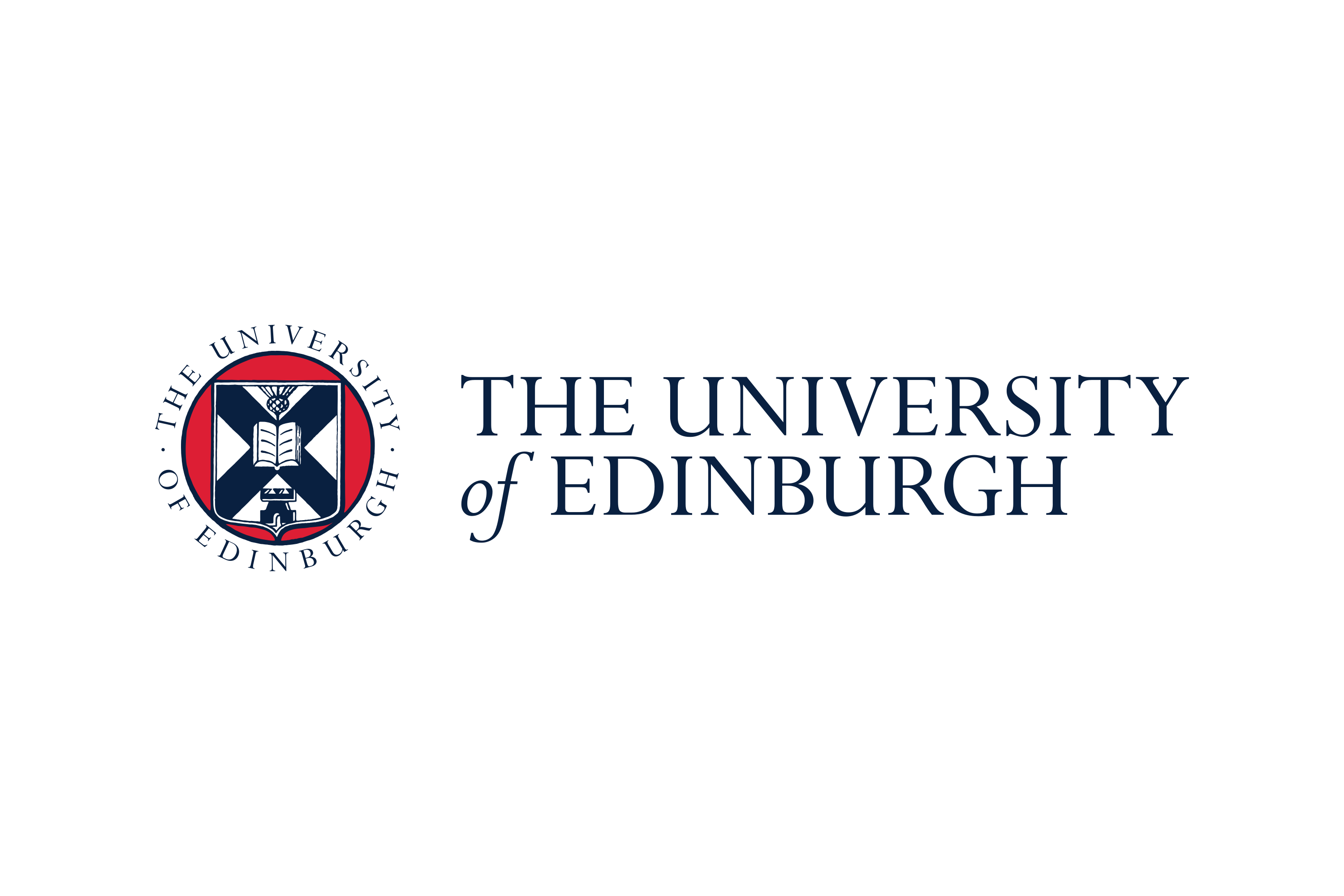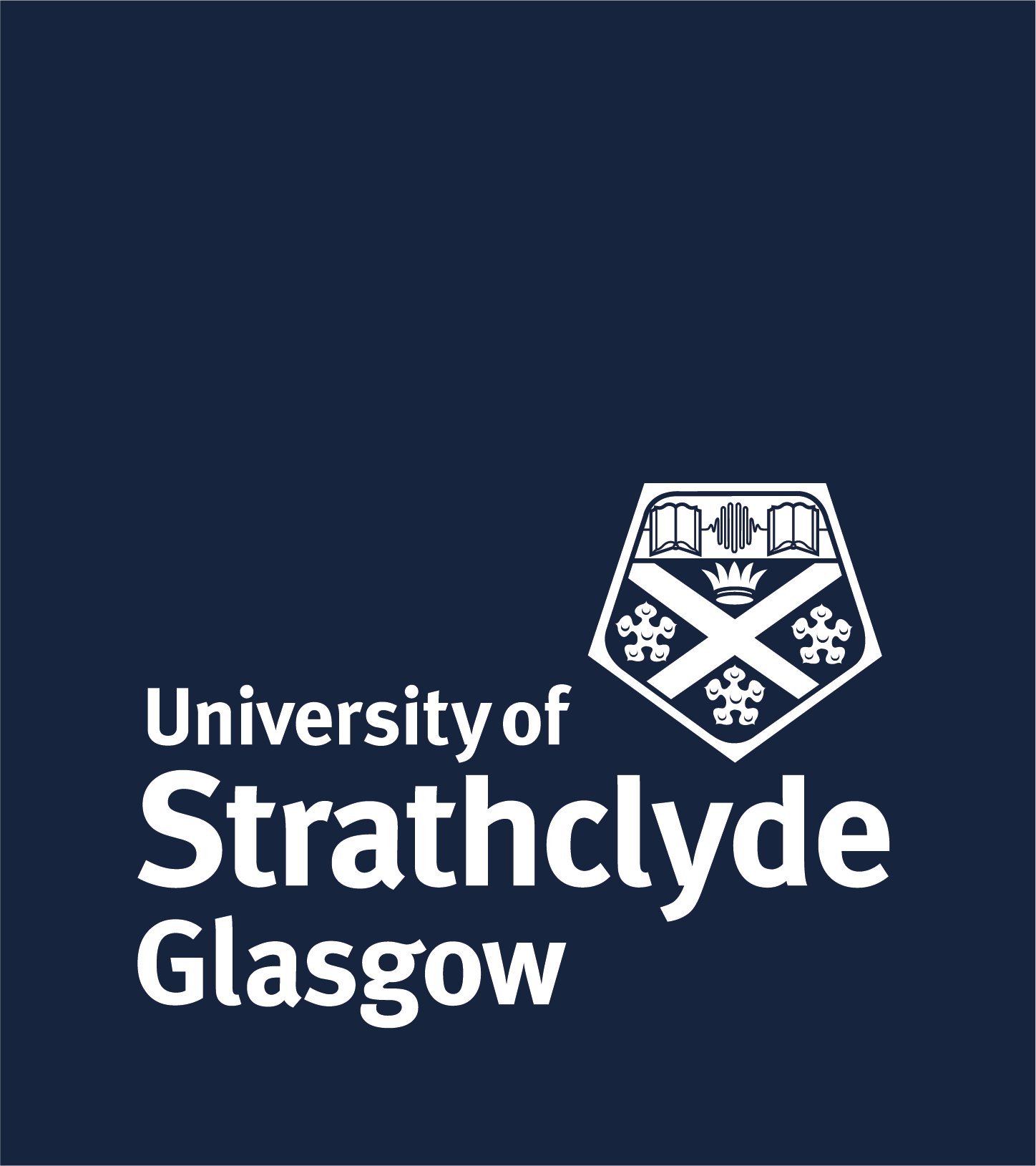Product Design: Shaping the Future of Innovation Abroad
Product Design is an exciting field that combines creativity, technology, and problem-solving to create innovative products that improve everyday life. For Indian students aspiring to study abroad, pursuing a Product Design course opens doors to world-class education, cutting-edge facilities, and global career opportunities. Whether you're passionate about sustainable gadgets, user-friendly apps, or ergonomic furniture, this discipline equips you with the skills to turn ideas into reality.
Studying Product Design abroad allows you to immerse yourself in diverse cultures, collaborate with international peers, and access resources unavailable in India. From prototyping labs in the UK to design incubators in the USA, these programs foster innovation in a way that aligns with global industry standards. This guide is tailored for Indian students, covering everything from course details to application tips.
Why Choose Product Design Abroad as an Indian Student?
India's design scene is booming, but studying abroad elevates your skills to an international level. Here's why Product Design is a smart choice:
- Global Exposure: Learn from industry leaders at top universities like Royal College of Art (RCA), UK or RISD (Rhode Island School of Design), USA, where alumni include designers for Apple and IKEA.
- Advanced Tools and Facilities: Access state-of-the-art software like Adobe XD, SolidWorks, and 3D printing labs that enhance hands-on learning.
- Career Boost: International degrees are highly valued in India's growing startup ecosystem and MNCs, with average starting salaries abroad ranging from $50,000–$80,000 annually.
- Sustainability Focus: Many programs emphasize eco-friendly design, aligning with India's push for green innovation.
- Networking Opportunities: Connect with global firms through internships, which are often integrated into the curriculum.
For Indian students, the cultural diversity abroad helps build resilience and adaptability—key traits for designers in a multicultural workforce.
Course Overview and Curriculum
Product Design courses abroad typically span 1–4 years, depending on whether you opt for a bachelor's, master's, or diploma. Bachelor's programs (BDes or BSc) focus on foundational skills, while master's (MDes or MSc) delve into advanced topics like user experience (UX) and industrial design. Expect a blend of theory, studio work, and real-world projects.
Key Modules in a Typical Product Design Program:
| Module | Description | Duration/Skills Gained |
|---|---|---|
| Design Fundamentals | Introduction to sketching, ideation, and visual communication. | 1 Semester / Creativity, Drawing Techniques |
| Digital Tools and Prototyping | Hands-on with CAD software, 3D modeling, and rapid prototyping. | 1–2 Semesters / Technical Proficiency, Innovation |
| User-Centered Design | Research methods, ergonomics, and UX/UI principles. | 1 Semester / Empathy, Problem-Solving |
| Sustainable Design Practices | Material selection, lifecycle analysis, and ethical design. | 1 Semester / Eco-Consciousness, Research |
| Business and Project Management | Portfolio development, market analysis, and entrepreneurship. | Final Year / Leadership, Commercial Acumen |
| Capstone Project | Industry-sponsored design challenge from concept to prototype. | Final Semester / Collaboration, Execution |
Programs often include field trips to design fairs like Milan Design Week or collaborations with companies such as Dyson or Nike. Tuition fees range from ₹15–40 lakhs per year, but scholarships can reduce this significantly.
Top Destinations and Universities for Product Design
Choosing the right country matters for Indian students, considering factors like visa ease, job markets, and cultural fit. Here are the best options:
- United Kingdom: Renowned for creative hubs. Top picks: Central Saint Martins (UAL) and RCA. Pros: Short 1-year master's, post-study work visa (2 years). Indian students love the vibrant London scene.
- United States: Innovation epicenter. Universities like Carnegie Mellon and Pratt Institute offer cutting-edge programs. Pros: High employability, OPT visa for work experience. Cons: Higher costs, but STEM-design qualifies for extended stays.
- Australia: Focus on practical skills. University of New South Wales (UNSW) and RMIT University stand out. Pros: Post-study work visa (2–4 years), multicultural environment similar to India.
- Canada: Affordable and welcoming. OCAD University and York University excel in design. Pros: PR pathways via Express Entry, lower living costs in cities like Toronto.
- Netherlands: Design-forward nation. Delft University of Technology and Eindhoven University emphasize sustainability. Pros: English-taught programs, EU exposure, and bike-friendly campuses.
These destinations host large Indian student communities, making adaptation easier with familiar cuisines and festivals.
Eligibility Criteria for Indian Students
To apply, Indian students need a strong academic background and English proficiency. Requirements vary by university but generally include:
- Academic Qualifications: For bachelor's: 10+2 with 60–70% in any stream (Science/Arts preferred). For master's: Bachelor's degree (BDes/BTech) with 55–65% marks.
- English Tests: IELTS (6.5+ overall), TOEFL (90+), or PTE (58+). Some universities accept Duolingo for Indians.
- Portfolio: Essential for design courses—submit 10–15 pieces showcasing sketches, models, or digital work. Tips: Highlight projects solving Indian problems like affordable housing.
- Entrance Exams: GRE for US programs; some UK unis require UCAT or interviews.
- Work Experience: 1–2 years recommended for master's, especially in India's design firms like Flipkart or Tata.
- Visa Requirements: Proof of funds (₹10–20 lakhs), SOP explaining your passion for Product Design, and LORs from mentors.
Start preparing 12–18 months in advance. Consult education agents in India for personalized guidance.
Career Opportunities After Product Design
A degree in Product Design abroad leads to dynamic careers. Graduates are in demand across tech, manufacturing, and consumer goods sectors. In India, returnees often join booming firms like Reliance or startups in Bengaluru.
Popular Job Roles and Salaries (Global Averages):
| Job Role | Description | Average Annual Salary (USD) | Top Employers |
|---|---|---|---|
| Product Designer | Conceptualize and prototype consumer products. | 60,000–90,000 | Apple, Samsung, Philips |
| UX/UI Designer | Design intuitive digital interfaces. | 70,000–100,000 | Google, Amazon, Infosys |
| Industrial Designer | Focus on manufacturing and materials. | 55,000–85,000 | Bosch, IKEA, Mahindra |
| Design Consultant | Advise on innovation strategies. | 65,000–95,000 | IDEO, McKinsey, Deloitte |
| Sustainability Designer | Create eco-friendly solutions. | 60,000–90,000 | Patagonia, Unilever, Tata Group |
In India, salaries start at ₹8–15 lakhs per annum, rising quickly with experience. Many alumni launch their own design studios, capitalizing on India's "Make in India" initiative.
Application Process: Step-by-Step Guide
Navigating applications from India can be straightforward with planning. Follow these steps:
- Research and Shortlist: Use sites like QS Rankings or Studyportals to select 5–8 programs. Check deadlines (September/January intakes).
- Prepare Documents: Transcripts, passport, portfolio (PDF format, 20–30 pages), SOP (500–1000 words on your design journey).
- Take Tests: Book IELTS/TOEFL early; practice with Indian coaching centers like British Council.
- Apply Online: Via university portals or UCAS (UK). Fees: ₹5,000–10,000 per application.
- Secure Funding: Apply for scholarships simultaneously; get bank loans from SBI or HDFC for education abroad.
- Visa Application: After offer letter, apply for Tier 4 (UK) or F-1 (US) visa. Attend interviews confidently, emphasizing ties to India.
- Pre-Departure: Arrange accommodation via university housing, pack essentials, and join Indian student forums on Facebook for tips.
Common pitfalls: Weak portfolios or incomplete SOPs—focus on storytelling your Indian perspective in design.
Scholarships and Financial Aid for Indian Students
Funding is crucial for Indian families. Many options cover tuition and living expenses (₹8–15 lakhs/year abroad).
- University-Specific: RCA Scholarships (up to £10,000), UNSW International Awards (AUD 10,000).
- Government of India: National Overseas Scholarship for SC/ST students (full funding).
- International: Chevening (UK, full coverage), Fulbright (US, tuition + stipend), Australia Awards (AUD 30,000+).
- Private: Inlaks Shivdasani Foundation (₹10–20 lakhs), JN Tata Endowment (loan-scholarship hybrid).
- Design-Focused: Adobe Design Achievement Awards (internships + funding), REDDOT Design Scholarships (Europe, €5,000–15,000).
Apply early—deadlines are 6–12 months before intake. Merit-based awards favor strong portfolios and academics.
Student Life and Tips for Success Abroad
As an Indian student, you'll thrive with preparation. Expect a fast-paced environment where group critiques build confidence. Join Indian societies for Diwali celebrations and home-cooked meals.
Tips for Adjusting:
- Budget wisely: Living costs ₹8–12 lakhs/year; cook Indian food to save.
- Health Insurance: Mandatory—opt for university plans covering ₹5 lakhs+.
- Cultural Shock: Embrace it by exploring local design museums; stay connected via WhatsApp.
- Part-Time Work: Allowed 20 hours/week (e.g., campus design gigs at £10/hour).
- Post-Study Goals: Use work visas to gain experience before returning to India.
Product Design abroad isn't just a degree—it's a launchpad for creating impactful products. With dedication, Indian students can lead the next wave of global innovation. Start your journey today!

